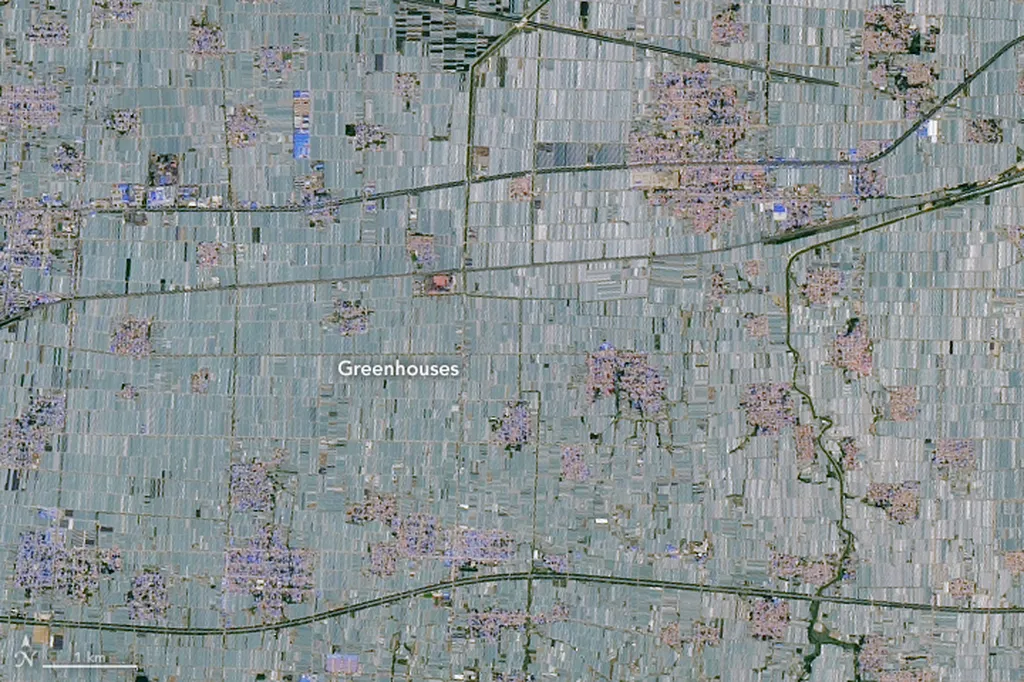In a groundbreaking study published in *Earth System Science Data* (translated from Chinese as “地球系统科学数据”), researchers have unveiled the first global 10-meter resolution map of plastic-covered greenhouses (PCGs), offering unprecedented insights into their widespread use and environmental impact. Led by B. Niu from the College of Land Science and Technology at China Agricultural University, the research highlights the dual-edged sword of PCGs in modern agriculture, balancing their economic benefits against potential environmental pitfalls.
Plastic-covered greenhouses have revolutionized agricultural production, offering temperature control, water conservation, and wind protection that significantly boost crop yields and economic returns. However, their extensive use raises environmental concerns, including the accumulation of toxic gases and degradation of soil properties. “Obtaining a comprehensive distribution of PCGs is essential for understanding their impact and managing their use sustainably,” Niu emphasized.
The study developed a novel approach to monitor PCGs on a global scale, dividing the globe into multiple 5° grids and utilizing multi-temporal Sentinel-2 data. By leveraging deep learning models and active learning strategies, the researchers created the Global-PCG-10 dataset, achieving an impressive overall accuracy of 98.04%. The dataset reveals that PCGs cover a total area of 14,259.85 square kilometers, with a staggering 69.24% located in Asia. China alone accounts for 57.67% of the global PCG area, underscoring the region’s dominance in this agricultural practice.
Comparisons with publicly released land use and land cover (LULC) datasets revealed that PCGs are often misclassified as bareland, impervious surfaces, or ice/snow, highlighting the need for more accurate and specific classification methods. “This research not only provides a detailed map of PCGs but also sets the stage for more precise monitoring and management of agricultural landscapes,” Niu added.
The implications of this research extend beyond agriculture, offering valuable insights for the energy sector. As the demand for sustainable and efficient agricultural practices grows, understanding the spatial distribution and environmental impact of PCGs can inform policies and technologies aimed at reducing energy consumption and minimizing ecological footprints. The Global-PCG-10 dataset serves as a critical tool for researchers, policymakers, and industry professionals seeking to balance economic benefits with environmental sustainability.
This study not only sheds light on the current state of PCGs but also paves the way for future developments in agricultural monitoring and management. By providing a high-resolution, accurate map of PCGs, the research enables more informed decision-making and fosters innovation in sustainable agriculture. As the global population continues to grow, the need for efficient and environmentally friendly agricultural practices becomes ever more pressing, making this research a timely and vital contribution to the field.

